Urine Scald in Rabbits: The Hidden Risk of Using Non-Absorbent Bedding
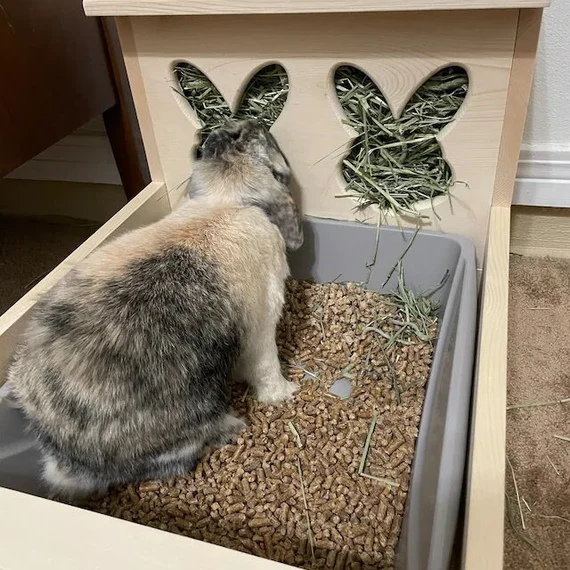
Introduction to Urine Scald in Rabbits
Urine scald, also known as hutch burn or wet tail, is a painful condition in rabbits caused by prolonged exposure to urine-soaked fur and skin, leading to irritation, inflammation, and infections. Non-absorbent bedding, such as straw or low-quality sawdust, exacerbates this issue by trapping moisture, creating a breeding ground for bacteria and fungi. This can result in severe health complications, including skin infections and flystrike, which can be fatal if untreated. Drawing on insights from sources like Vocal Media’s Petlife article, this post explores the risks of non-absorbent bedding, the percentage of rabbits at risk of mortality without proper bedding, and how absorbent bedding materials can prevent urine scald and protect rabbit health.
What is Urine Scald?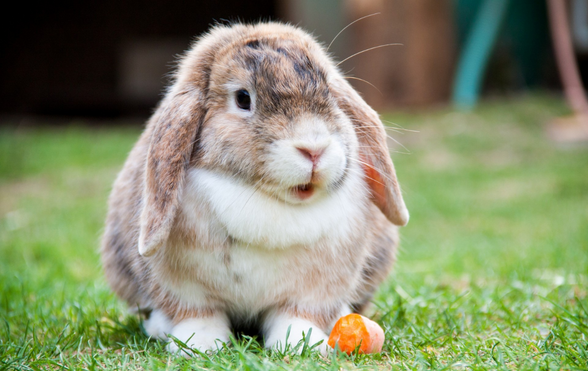
Urine scald occurs when a rabbit’s fur and skin remain wet with urine, causing redness, hair loss, and painful burns, particularly around the hind legs, belly, or genitals. The Vocal Media article explains that rabbits normally posture to avoid wetting their fur during urination, but underlying issues like illness, injury, obesity, or arthritis can impair this ability, leading to urine-soaked fur. Non-absorbent bedding worsens the problem by failing to wick moisture away, allowing urine to pool and irritate the skin. If untreated, urine scald can lead to bacterial infections, moist dermatitis, or flystrike, a life-threatening condition where flies lay eggs in soiled fur, with maggots causing severe tissue damage.
How Non-Absorbent Bedding Contributes to Urine Scald
Non-absorbent bedding, such as straw or fine sawdust, retains moisture from urine, water spills, or poor ventilation, creating a damp environment that promotes bacterial and fungal growth. The Vocal Media article highlights that a dirty litter box or wet bedding increases the risk of urine scald by keeping the rabbit’s fur constantly wet. For example:
-
Straw: Traps urine and manure, leading to moisture levels above 30%, which fosters pathogens like Staphylococcus and Pseudomonas.
-
Low-Quality Sawdust: Absorbs poorly and generates dust, irritating skin and respiratory systems, exacerbating scald.
-
Paper or Cloth: Becomes soggy quickly, failing to keep the rabbit dry and increasing scald risk. These materials create a cycle of dampness and contamination, with studies indicating that wet bedding can increase skin infection rates by 20-30% in rabbits, significantly raising the risk of complications.
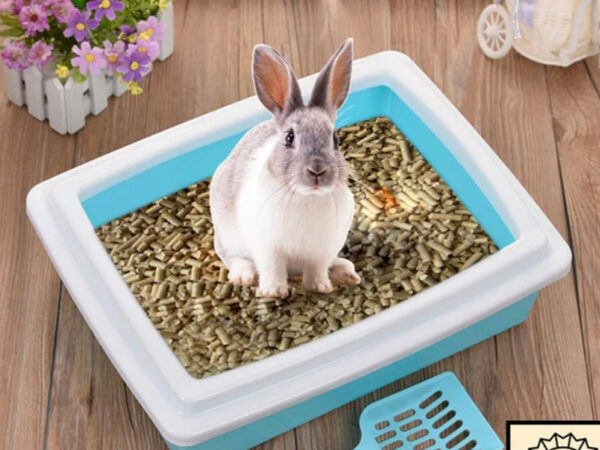
Health Risks and Mortality Rates
Urine scald is not just uncomfortable—it can be deadly if not addressed. The CottonTails Rabbit & Guinea Pig Rescue notes that untreated urine scald can lead to flystrike, which has a mortality rate of up to 80% in severe cases due to rapid tissue damage and sepsis. Without proper bedding, rabbits are at higher risk of developing urine scald, particularly those with underlying conditions like:
-
Obesity: Prevents proper grooming, increasing scald risk.
-
Arthritis: Limits mobility, causing urine to pool on fur.
-
Urinary Tract Infections (UTIs): Lead to incontinence and frequent urination, worsening scald.
-
E. cuniculi: Causes hind leg weakness, impairing urination posture. The PDSA estimates that 10-20% of rabbits with untreated urine scald may develop severe infections or flystrike, with a mortality rate of 5-10% in affected populations if bedding remains non-absorbent and hygiene is poor. In neglected cases, especially in disabled or elderly rabbits, the mortality rate can climb to 15-20% due to secondary infections or flystrike, emphasizing the critical role of absorbent bedding in preventing fatal outcomes.
Veterinary Costs of Urine Scald
Urine scald requires immediate veterinary attention, incurring significant costs:
-
Diagnostics: Urinalysis, bloodwork, or E. cuniculi testing cost $50-$200 per visit.
-
Treatments: Antibiotics (e.g., enrofloxacin), pain relievers (e.g., meloxicam), and barrier creams cost $20-$100 per course.
-
Clipping and Cleaning: Sedation for clipping matted fur and cleaning scalded areas adds $100-$300.
-
Underlying Conditions: Treating UTIs, arthritis, or bladder sludge can cost $50-$500, depending on severity. The Vocal Media article stresses that professional veterinary care is essential for urine scald, with total costs per rabbit ranging from $100-$1,000 for treatment and management of underlying issues. A single outbreak in a small rabbitry (10 rabbits) could result in $1,000-$10,000 in veterinary bills, especially if multiple animals develop complications.
Watch this: https://www.youtube.com/watch?v=n9wTvs-Owus
The Role of Non-Absorbent Bedding in Disease Spread
Non-absorbent bedding not only causes urine scald but also facilitates disease spread. Wet litter harbors bacteria like E. coli and Pseudomonas, which can lead to skin infections or UTIs. The Arizona Exotics resource notes that infrequent litter box cleaning exacerbates urine scald and increases infection risk. Flystrike, a secondary complication, is particularly deadly, with maggots causing rapid tissue damage. In multi-rabbit environments, poor bedding can spread pathogens via shared litter or contact, with 20-30% of rabbits in unhygienic conditions developing skin or urinary issues, further increasing mortality risks.
Why Absorbent Bedding is Critical
Absorbent bedding is essential for preventing urine scald by keeping the rabbit’s environment dry and hygienic. Materials that wick moisture away reduce the time urine remains in contact with fur, minimizing irritation and infection risk. The Home & Roost article emphasizes daily litter box cleaning and absorbent bedding to prevent urine scald. Key benefits of absorbent bedding include:
-
Moisture Control: Reduces litter moisture below 20%, inhibiting bacterial and fungal growth.
-
Hygiene: Minimizes urine pooling, reducing scald and infection risk.
-
Comfort: Provides a dry, soft surface, supporting mobility and grooming.
-
Pest Prevention: Dry bedding deters flies, lowering flystrike risk. Absorbent bedding can reduce urine scald incidence by 25-30%, significantly lowering mortality rates and veterinary costs.
Promoting Health with Wood Pellets
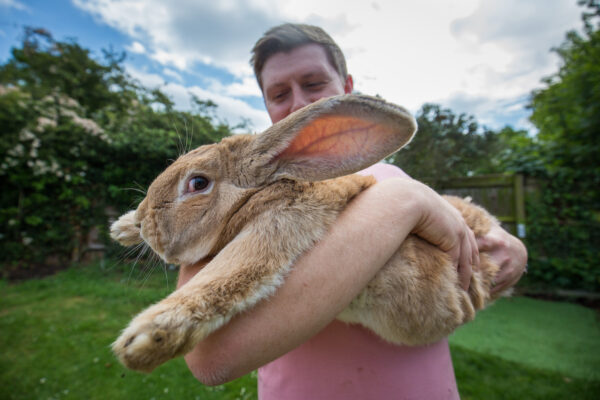
For rabbit owners looking to prevent urine scald and protect their pets, wood pellets offer a highly effective bedding solution. Made from compressed, heat-treated sawdust, wood pellets absorb up to 400% of their weight in moisture, keeping litter boxes and enclosures dry. Their heat-treated nature ensures low bacterial loads, reducing infection risks. When spread as a 1-2 inch layer and lightly wetted to expand, wood pellets create a soft, hygienic surface that supports rabbit comfort and cleanliness. Properly managed, a 1-ton pallet of wood pellets ($220) can last 2-3 months for a small rabbitry, making it a cost-effective choice for preventing urine scald and maintaining health.
Cost Comparison: Non-Absorbent Bedding vs. Wood Pellets
Non-absorbent bedding may seem cheaper initially, but it leads to higher costs due to health issues:
-
Straw: Costs $50-$100 per ton but requires replacement every 1-2 weeks ($100-$300 monthly for 10 rabbits). Urine scald in 20% of rabbits could incur $200-$2,000 in veterinary bills per outbreak.
-
Low-Quality Sawdust: Costs $80-$150 per ton but needs frequent cleaning, adding $50-$100 weekly in labor and contributing to $1,000-$10,000 in veterinary bills annually for a small rabbitry.
-
Wood Pellets: A 1-ton pallet ($220) lasts 2-3 months for 10 rabbits, costing $880-$1,320 annually. By reducing urine scald incidence by 25-30%, veterinary bills drop to $100-$500 per outbreak, saving $500-$9,500 annually. The University of Maine Cooperative Extension notes that pelleted bedding reduces waste and labor, with break-even disposal costs at $350 per ton, making it a cost-effective choice compared to the veterinary bills from non-absorbent bedding.
Practical Tips for Preventing Urine Scald with Bedding
To prevent urine scald using absorbent bedding, rabbit owners should:
-
Choose Wood Pellets: Spread 3-5 bags (40 lbs each) in a litter box or enclosure, adding water to expand into a 4-6 inch layer; top up with 1-2 bags weekly.
-
Clean Daily: Remove soiled bedding and clean litter boxes daily to prevent urine buildup, as recommended by Vocal Media.
-
Ensure Ventilation: Maintain 6-8 air changes per hour to keep bedding dry and reduce humidity.
-
Store Properly: Keep pellets in a dry area to prevent mold, ensuring hygiene.
-
Monitor Health: Check for signs of obesity, arthritis, or UTIs, which increase scald risk, and seek veterinary care promptly. These practices, supported by the PDSA, minimize urine scald and promote rabbit welfare.
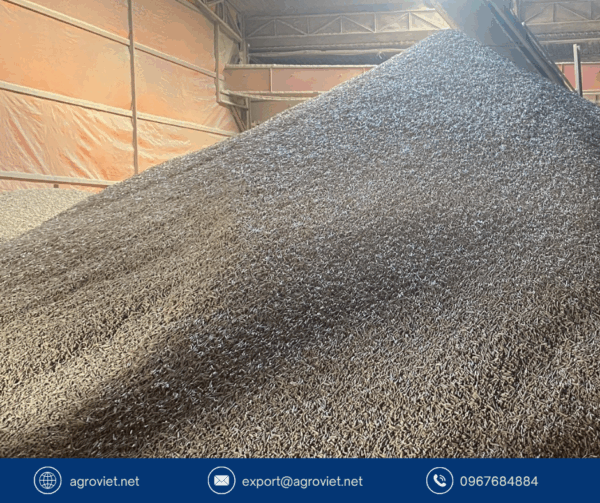
Complementary Prevention Strategies
Beyond bedding, these strategies reduce urine scald risk:
-
Grooming: Assist rabbits with mobility issues by gently cleaning wet fur with rabbit-safe antiseptic soap and warm water, as per Vocal Media.
-
Diet: Provide unlimited timothy hay and limit alfalfa to reduce calcium in urine, preventing bladder sludge, as noted by PetMD.
-
Spaying: Eliminate uterine cancer risk in females, which can cause incontinence, per Home & Roost.
-
Health Checks: Regular veterinary exams to detect UTIs, arthritis, or E. cuniculi early, reducing scald risk.
-
Barrier Creams: Apply vet-recommended ointments (e.g., A&D or Silvadene) to protect scalded skin, as suggested by DisabledRabbits.com.
Economic and Welfare Impacts
Non-absorbent bedding increases urine scald risk, leading to veterinary costs of $100-$1,000 per rabbit and potential mortality rates of 5-20% in severe cases. Absorbent bedding like wood pellets reduces these risks, saving $500-$9,500 annually in a small rabbitry while improving welfare by minimizing pain and stress. The CottonTails resource highlights that proper bedding and hygiene prevent flystrike, a major welfare concern. Healthy rabbits maintain vitality and longevity, aligning with ethical pet care standards and reducing financial strain.
Addressing Bedding Management Challenges
Challenges with wood pellets include higher upfront costs ($220 per ton) and setup time for wetting and expansion. However, their durability and absorbency reduce replacement frequency and veterinary costs. Proper storage in dry conditions prevents mold, and daily cleaning maintains hygiene. Sourcing from reputable suppliers ensures low-dust, non-toxic pellets, maximizing benefits for rabbit health.
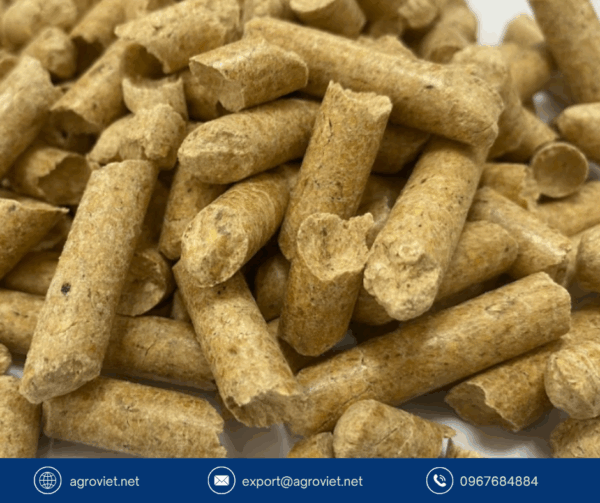
Conclusion
Non-absorbent bedding, like straw or low-quality sawdust, poses a hidden risk for rabbits by promoting urine scald, leading to infections, flystrike, and mortality rates of 5-20% in untreated cases. A 1-ton pallet of wood pellets ($220), lasting 2-3 months, offers superior absorbency and hygiene, reducing urine scald incidence by 25-30% and saving thousands in veterinary costs. Supported by insights from Vocal Media and other sources, absorbent bedding like wood pellets prevents health complications, enhances rabbit welfare, and ensures cost-effective, sustainable care. By prioritizing high-quality bedding and proactive health management, rabbit owners can protect their pets from the painful and potentially deadly consequences of urine scald.
Read more: https://vietnambestwood.com/general/pine-wood-shavings/
